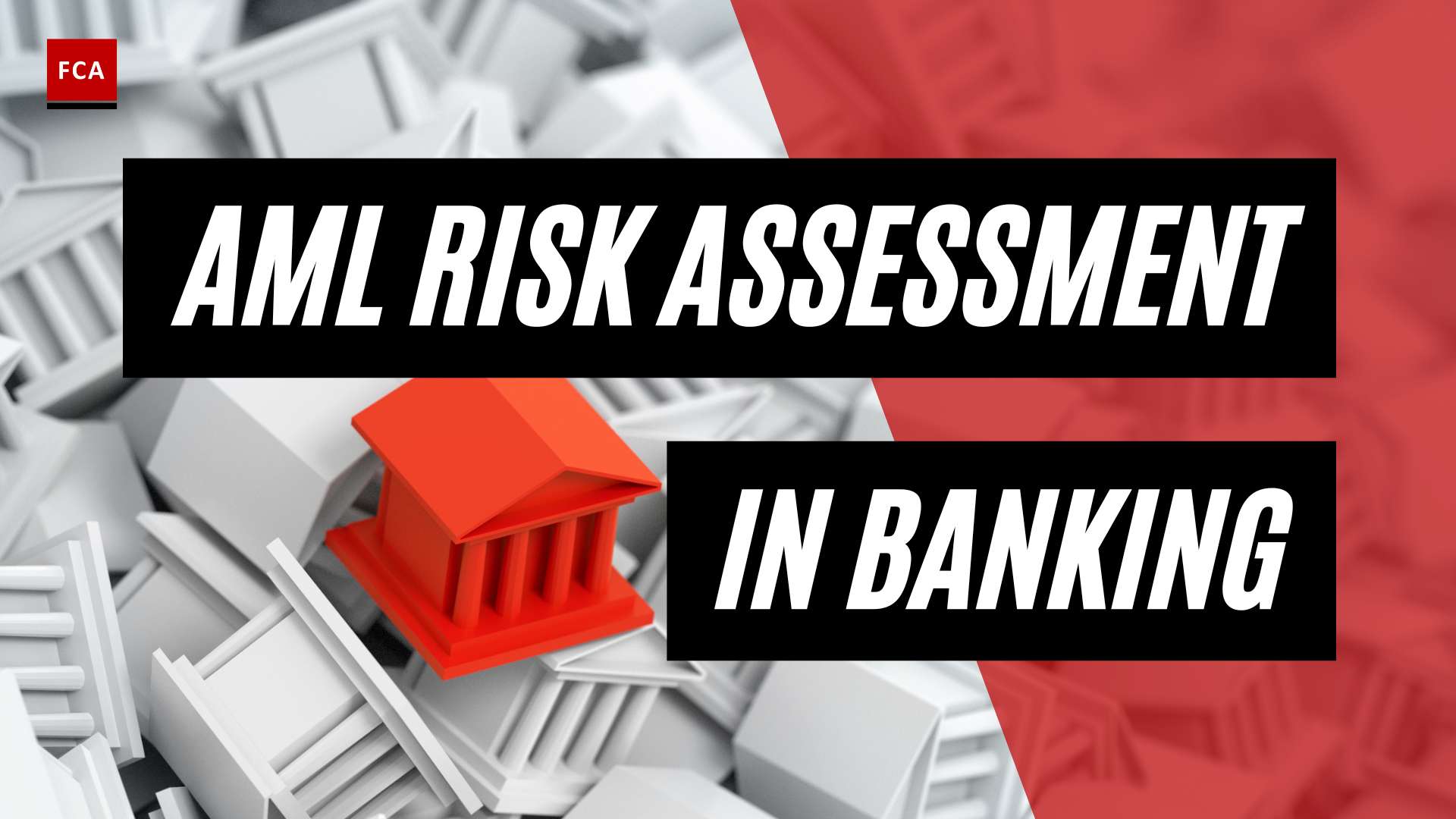The Suspicious Activity Report, or SAR narrative’s introduction is the most important part of an SAR. You only have one chance to get your reader’s attention. If you don’t capture it in the introduction, there is a good chance they will not read it any further.
In preparing the introduction to the narrative, try to answer the question, “why should the reader care about this and find value?”. Centering your composition around this will help you state clearly what the reader should look for in the body of the story.

How to Write an SAR Introduction
How do you grab your reader’s attention? Write your introduction with law enforcement in mind. They want you to answer these questions:
- What is the activity?
- Why is it suspicious? What is the total suspicious amount involved?
- What is the date range of the activity? Who is involved? What are the accounts involved?
- Is this initial or continuing activity filing?
- Why was the case opened?
The reader will care about the story if you tell them what type of activity you are writing about and summarize the red flags for a suspicious activity you have observed.
Yes, all this information is contained in the various sections of the SAR other than the narrative. The narrative is important because it is here that you provide a more detailed description of the reported activity. The introduction to that narrative is your opportunity to provide an impact statement concerning the suspicious activity that grabs the reader’s attention but guides them into the detail or body of the narrative.
There is no magic format to the introduction, one that says you must have a specific number of items covered within the introduction. Your institution’s procedures may specify an exact format to follow. But if you have the option to compose the introduction in an impactful way, try to incorporate the following items in the introduction:

Tips on How to Write an Impactful Introduction
The first and most important item is the reason for filing the SAR. Was it structuring, funnel account activity, or unusual wire transfers? The rest of the introduction will revolve around this one item. Why was the activity suspicious? Was it because it was associated with a branch referral reporting strange activity or comments from the customer, or did the activity not match the customer’s KYC profile? Is it associated with negative news? Is it linked to prior SAR filings or indicative of a money laundering typology? Tell the reader.
The natural questions that a reader would then have would be who is involved, what happened, when and where it took place, how much is involved, what currency, and what accounts are involved. It is good to include the basic answer to these questions in the introduction, but they are less critical than the reason for filing. Do include what triggered your investigation. Was it an Anti Money Laundering, or AML monitoring system hit, an unusual activity report from a customer service agent, or something else? No need to write a long story around it but mention it.
In addition, institutions will sometimes perform investigations into past events. That may be triggered by adverse media reports or regulatory requests for lookback exercises. Sometimes these investigations will reveal suspicious activities which date back months or years. If this is the case, provide precise details in the introduction regarding the background of the investigation and the date the suspicious activity came to your attention.
It will alert law enforcement, auditors, and regulators immediately that you did not file late but have a reason why you are just now filing. Suppose you do not include these details immediately at the start of your introduction. In that case, the reader’s full attention will be on the apparent late filing and not on the suspicious activity you are describing. One last point, you need one or two short sentences of explanation. If an additional explanation is necessary, provide it in the body of the narrative.

If your institution has correspondent banking relationships, you may file a SAR where no party mentioned in the SAR is within your jurisdiction. It happens when you file a SAR where all the connected parties like the sender, sender financial institution, beneficiary, and beneficiary financial institution are abroad.
Finally, ensure you use relevant keywords. Some countries’ SAR writing guidance emphasizes using keywords later in your SAR. However, you should use keywords as soon as possible, which usually helps law enforcement buckets your SAR correctly immediately.
Final Thoughts
The narrative should help the examiner understand the known or suspected violation of law or suspicious activity. It is also an area that many examiners and investigators have noted as being overlooked or rushed through by the filer. Keep the audience in mind as you or your designated SAR filers write the narrative. Consider whether a person reading the narrative would clearly understand the activity. Clear writing is essential for preventing important facts from being lost in translation. To improve the SAR narrative writing process, emphasize the “who, what, where, when, why, and how” to provide a thorough description of the activity and your financial institution’s basis for filing.








